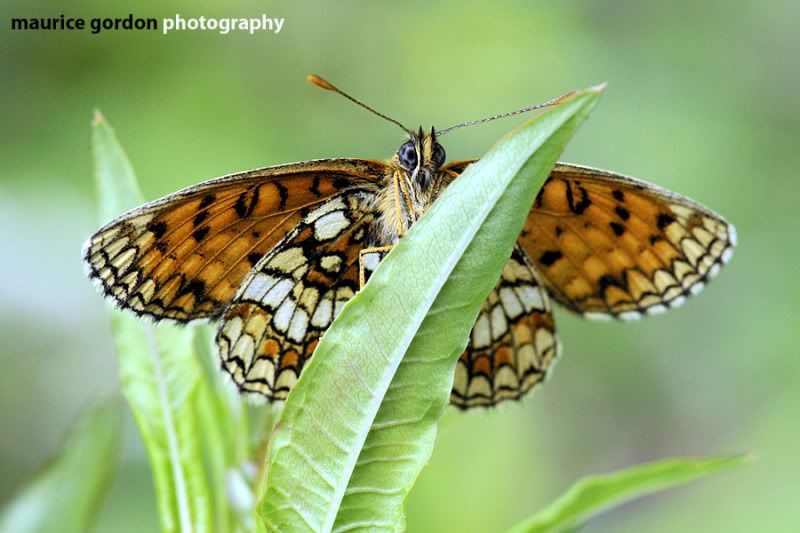
I was working in London on Sunday so planned to stay over and look for Heath Fritillary in one of their Kent strongholds on Monday. Another one of our rare butterflies, the species came close to extinction in Britain at the end of the last century and now survives only in Kent and Essex, on Exmoor in Somerset and also in Cornwall and Devon and usually where habitat is managed. The Kent and Essex populations prefer coppiced woodland and the foodplant is Common Cow-wheat. In times gone by the butterfly was known as the woodman's friend as it would populate new areas of coppice as they were cut. On Exmoor the caterpillars will also feed on Foxglove in sheltered valleys. The Devon and Cornwall populations live in abandoned hay meadows where foodplants are Ribwort Plantain and Germander Speedwell.
The weather on Monday morning didn't look too promising being overcast and rather damp. I was also aware that due to our warm Spring these sun loving butterflies had started to emerge extremely early this year with the first sighting on 12th May - ten days earlier than previous years! For this reason Heath Fritillary numbers probably peaked in early June this year as opposed to late June. The flight period isn't very long and female adults in particular only live for 5 - 10 days, so I was hoping for some good views despite the odds.
In the end I needn't have worried. Nevertheless, a walk around the damp woodland in the morning didn't produce sightings of anything at all although Great Spotted Woodpeckers, Jays and Bullfinches were calling. Eventually I thought I should check a coppiced area where I was pleased to find at least 17 individuals resting on the vegetation. The insects were very docile in the cool conditions though there were two mating pairs! One butterfly was walking along a twig on the ground and was perfectly happy to walk onto my finger. It seemed reluctant to leave until the sun peeped out from behind a cloud and it took to the wing. In the afternoon I investigated another coppice where again there were several resting individuals. The sun then decided to shine and all of a sudden the orange Heath Fritillaries took to the wing with many more butterflies appearing as if from nowhere. This leads me to think my count of 17 in the first coppice was conservative. The sunshine seems to "switch on" the Heath Fritillaries and on sunny days at peak emergence you can experience clouds of them in the woods. It was great to see them and hopefully these butterflies will have a secure future in Britain
Other sightings included Slow Worm, lots of Wood Ants, various moths and a pristine White Admiral which unfortunately didn't hang around to be photographed. Pictures below all taken using the Nikon 105mm f2.8 macro on the D700.

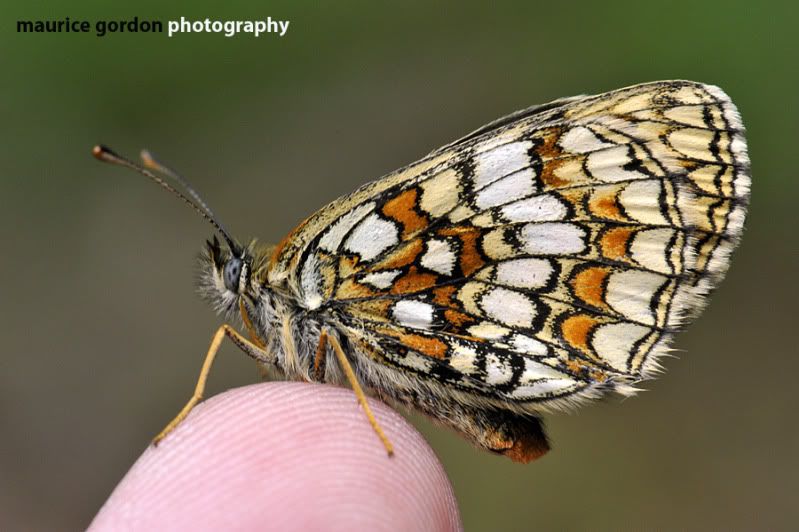
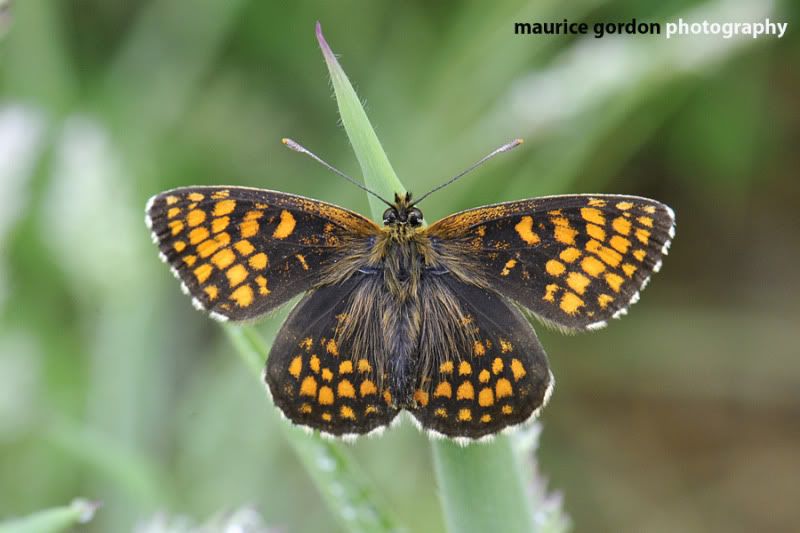
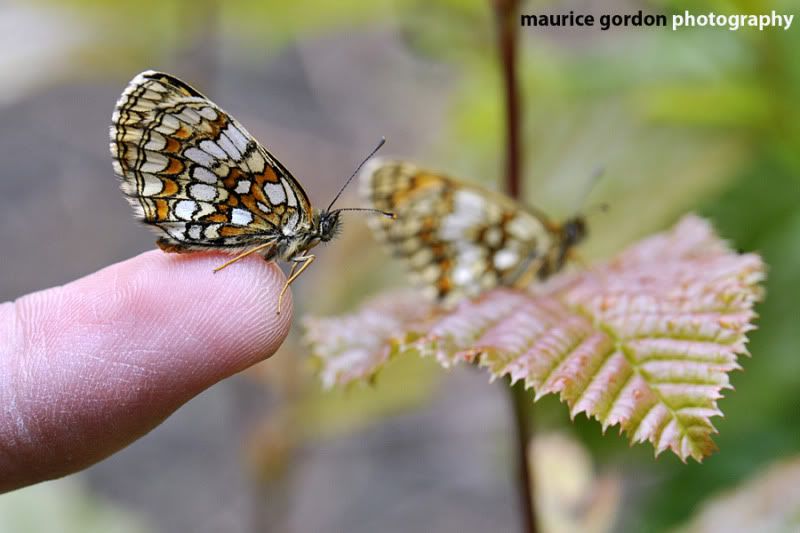
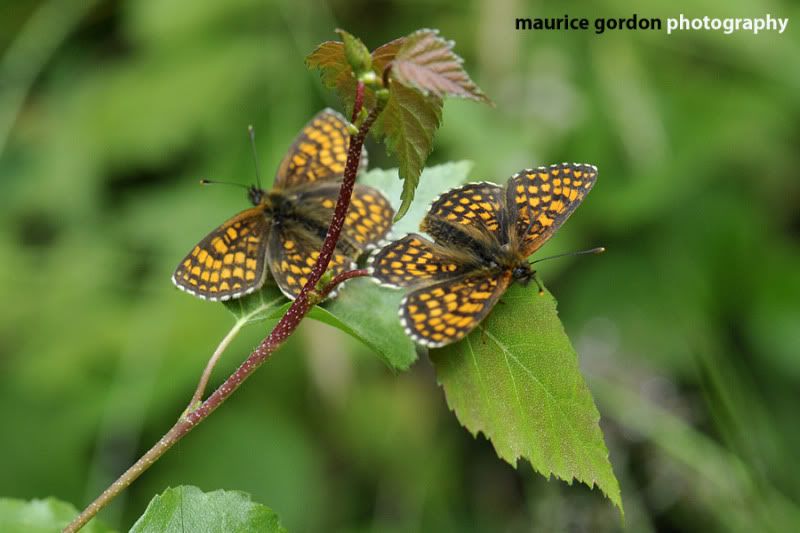

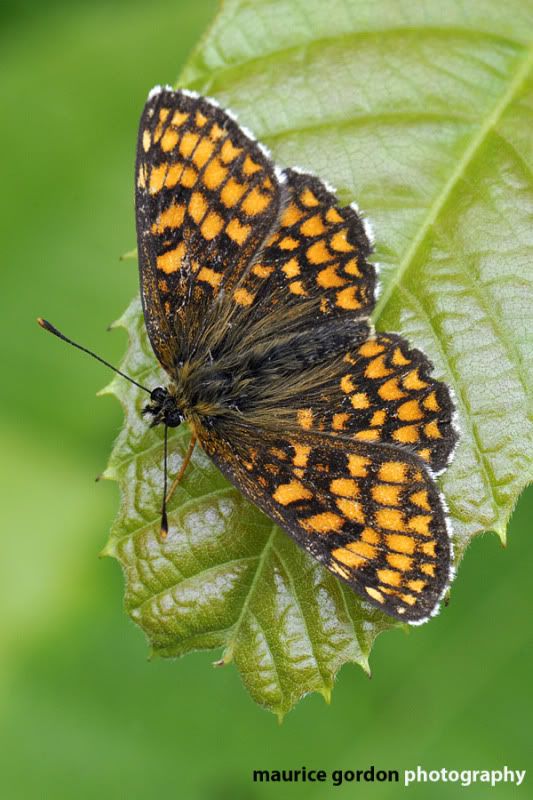
mating pair with larger female on right

Heath Fritillaries at rest are surprisingly difficult to spot
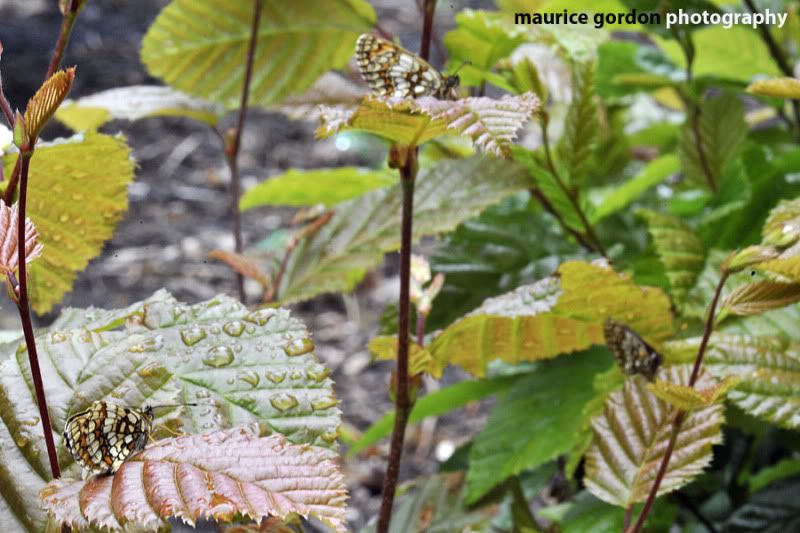
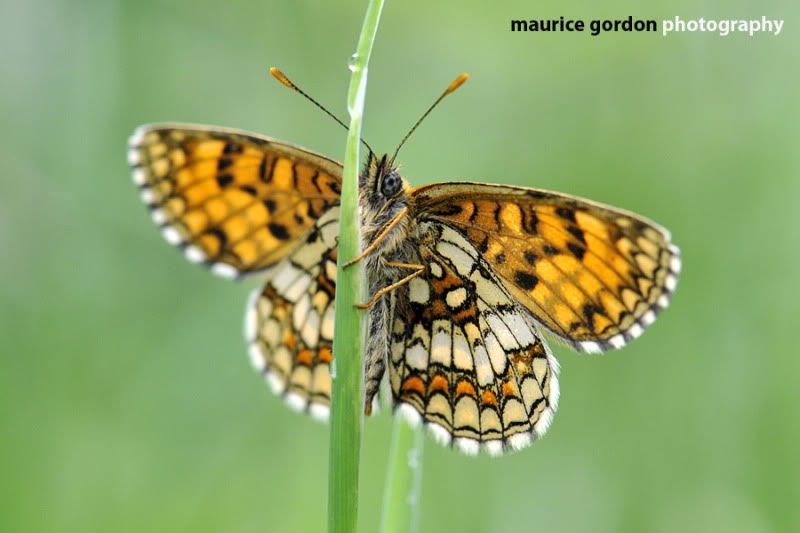
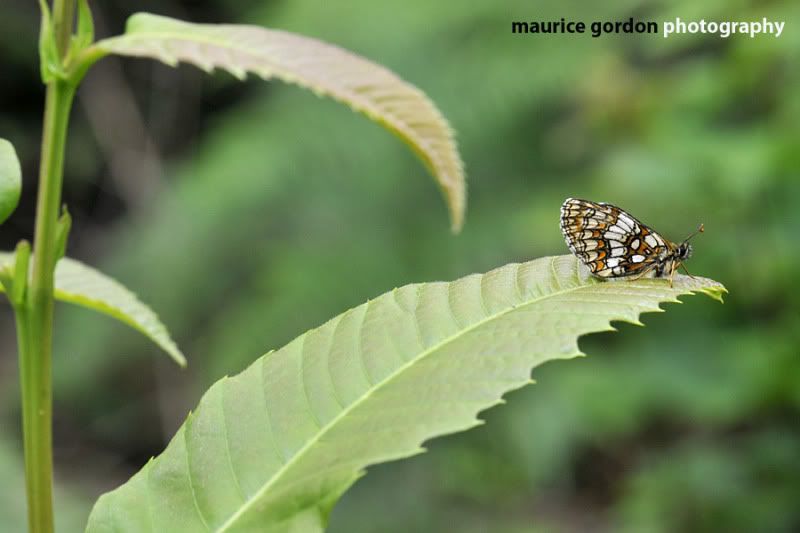
Speckled Bush Cricket juvenile - largely southern species also recently discovered in the East Riding
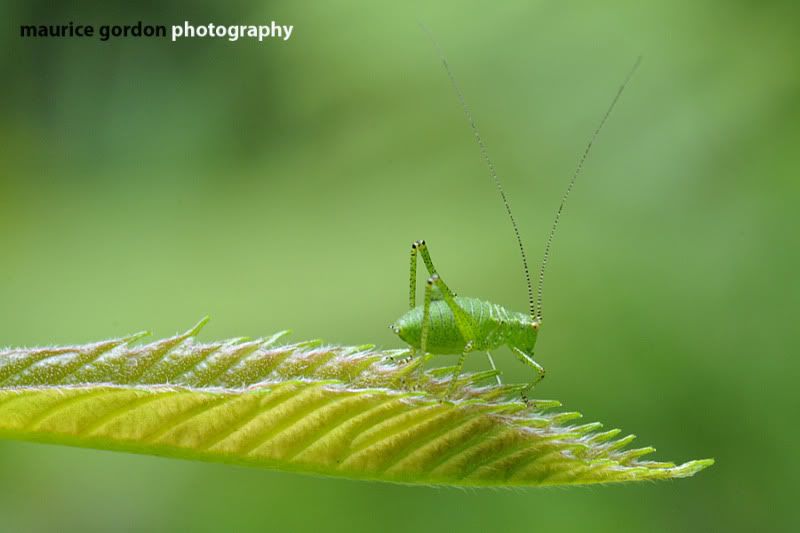
Rosy Footman moth
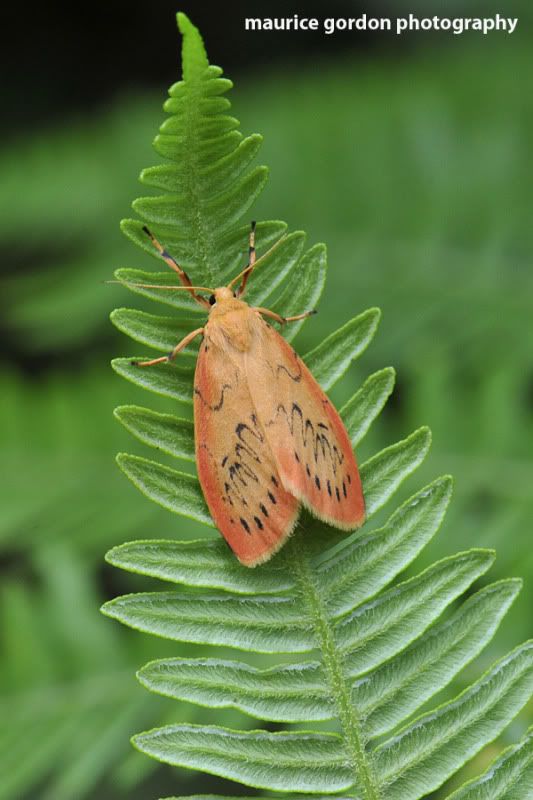
Bramble Shoot moth
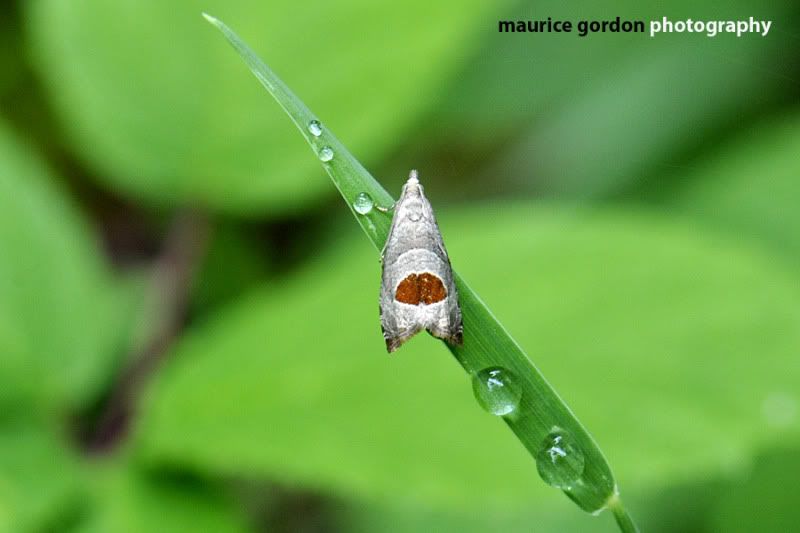
Four-dotted Footman moth
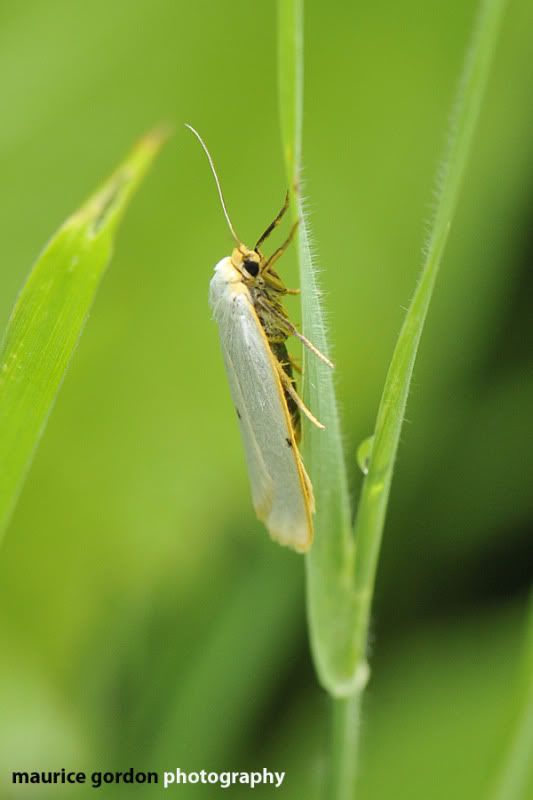

No comments:
Post a Comment